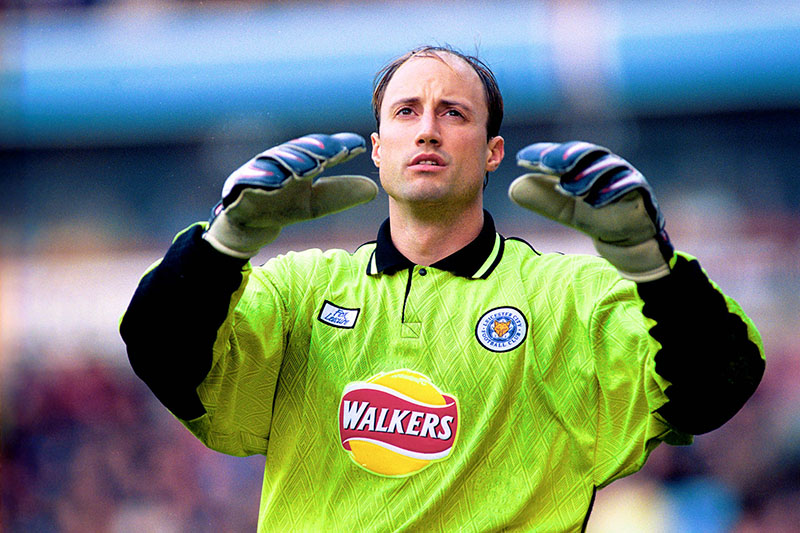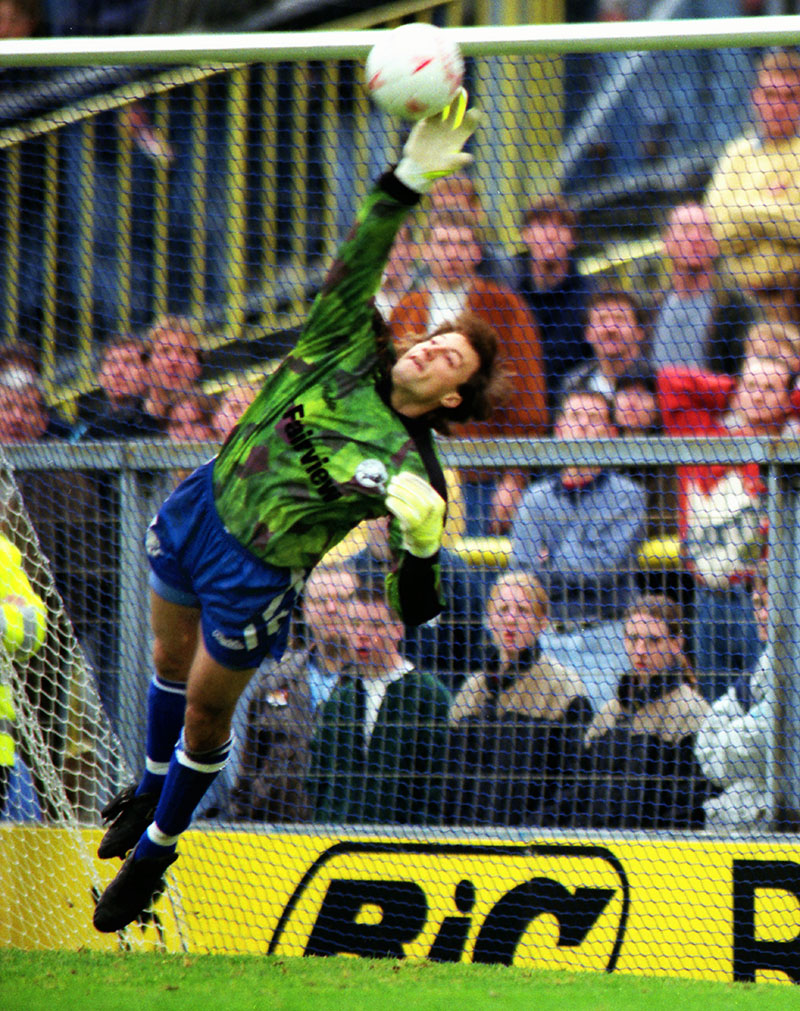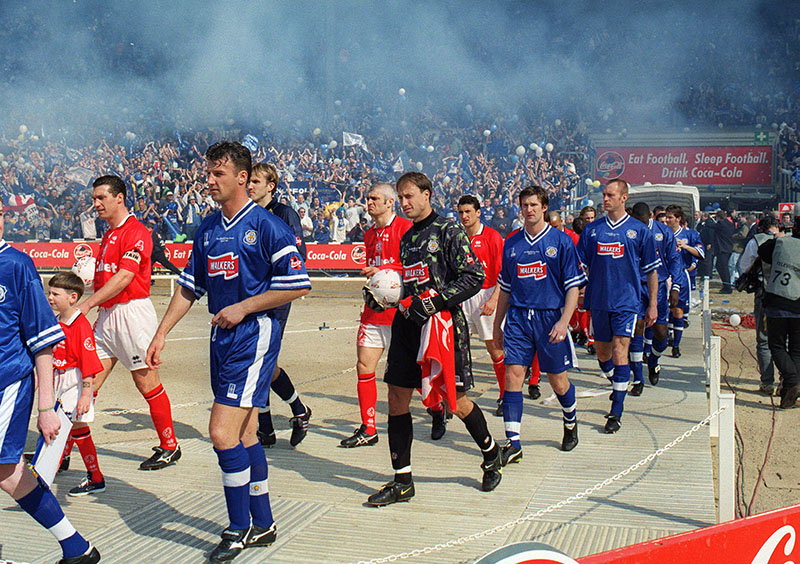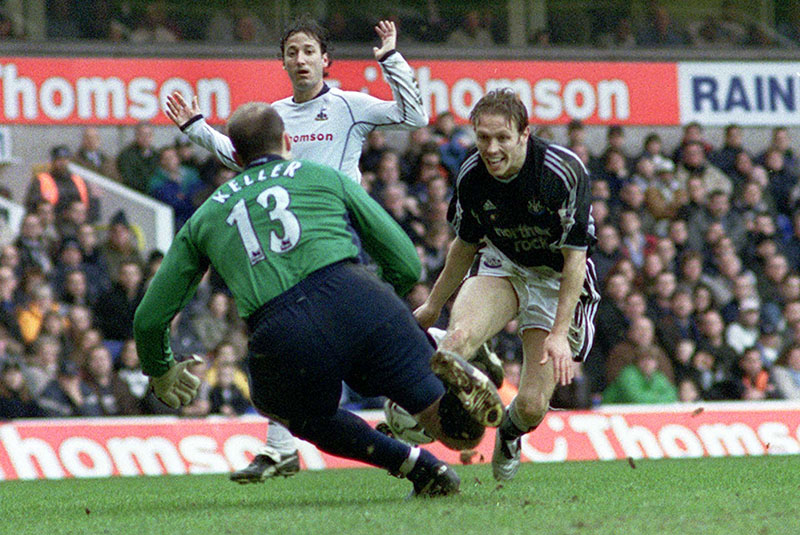
His lengthy playing days were bookended by stints at Portland Timbers and Seattle Sounders, but it was in England that the Washington state-born keeper made his name
3 April ~ During its heyday in the 1970s, the North American Soccer League (NASL) required all its teams to field a minimum number of US players. The quota, increased through the decade, began with just one in the starting XI and it was often the goalkeeper. Local players were believed to be best suited to the position having often grown up playing hand-based sports such as basketball and a few went on to feature in title-winning teams. It would be another couple of decades before American goalkeepers began to make an impact in other countries. In the period between the collapse of the NASL in 1984 and the launch of Major League Soccer (MLS) most of the opportunities in club football for US players came in college tournaments, short-lived regional leagues and the indoor game. Kasey Keller of the University of Portland had experienced the first two when he starred for the US at the 1989 Under-20 World Cup. A year later he was a non-playing member of the national squad at Italia 90 as cover for first-choice Tony Meola.

After signing for Millwall in February 1992 Keller made his debut in the final game of the season, a 2-0 win over Southend. He went on to be voted player of the year in his first full season after a series of outstanding displays, and he is still regarded as one of the club’s greatest goalkeepers. Notable performances included the victories over Arsenal and Chelsea in the FA Cup in 1995. His penalty shootout save against the latter at Stamford Bridge that saw the Lions go through is regularly aired on fan message boards. Another abiding memory of him for Millwall supporters is of being stripped to his shorts by pitch invaders looking for a memento after the last match at the old Den in May 1993.

Keller pledged to stay with Millwall after relegation in 1996, but financial issues behind the scenes saw him sold to Leicester City for a knock-down price in August (his name was listed as the starting goalkeeper for the first game of the following season in the matchday programme). His three years at Leicester coincided with a period of unanticipated success as Martin O’Neill’s team twice won the League Cup. In the 1997 final replay Keller made a crucial stop from Emerson that kept his side 1-0 up. In the same season he produced a memorable string of saves in an FA Cup replay at Chelsea, who won through a contentiously awarded 120th-minute penalty. At the end of his second season at Leicester, Keller played two matches at the World Cup but it was not a happy experience as USA were beaten by both Germany and Iran.

After two years in Spain with Rayo Vallecano, Keller returned to England with Tottenham in 2001. Signed as a back-up to Neil Sullivan, who at the time was the club’s player of the season, he took a while to establish himself at White Hart Lane and wasn’t helped by playing behind an often mediocre defence. Spurs fans retain grim memories of the 2003-04 season when Glenn Hoddle was sacked in September with the club in 17th place. Under caretaker David Pleat they stayed in the bottom half for almost the entire season and finished 14th. Through an unstable period, Keller was seen as sound and reliable, often making last-ditch blocks with legs and feet to bail out team-mates.

Following another spell overseas, with Mönchengladbach in the Bundesliga, he had one last season in England helping Fulham to stay in the Premier League on the final day of 2007-08 with a 1-0 win against Portsmouth. At the age of 38 Keller finally made his MLS debut with Seattle Sounders where he stayed for the next two seasons before retiring.

All photos by Colorsport: Kasey Keller playing for Leicester City in 1998; for the US in a World Cup qualifier in 1990; making a save for Millwall in 1992; walking out with Leicester at the 1997 League Cup final; denying Craig Bellamy for Spurs in 2004; celebrating Fulham’s great escape at Fratton Park in 2008
This article first appeared in WSC 385, April 2019. Subscribers get free access to the complete WSC digital archive – you can find out more here
